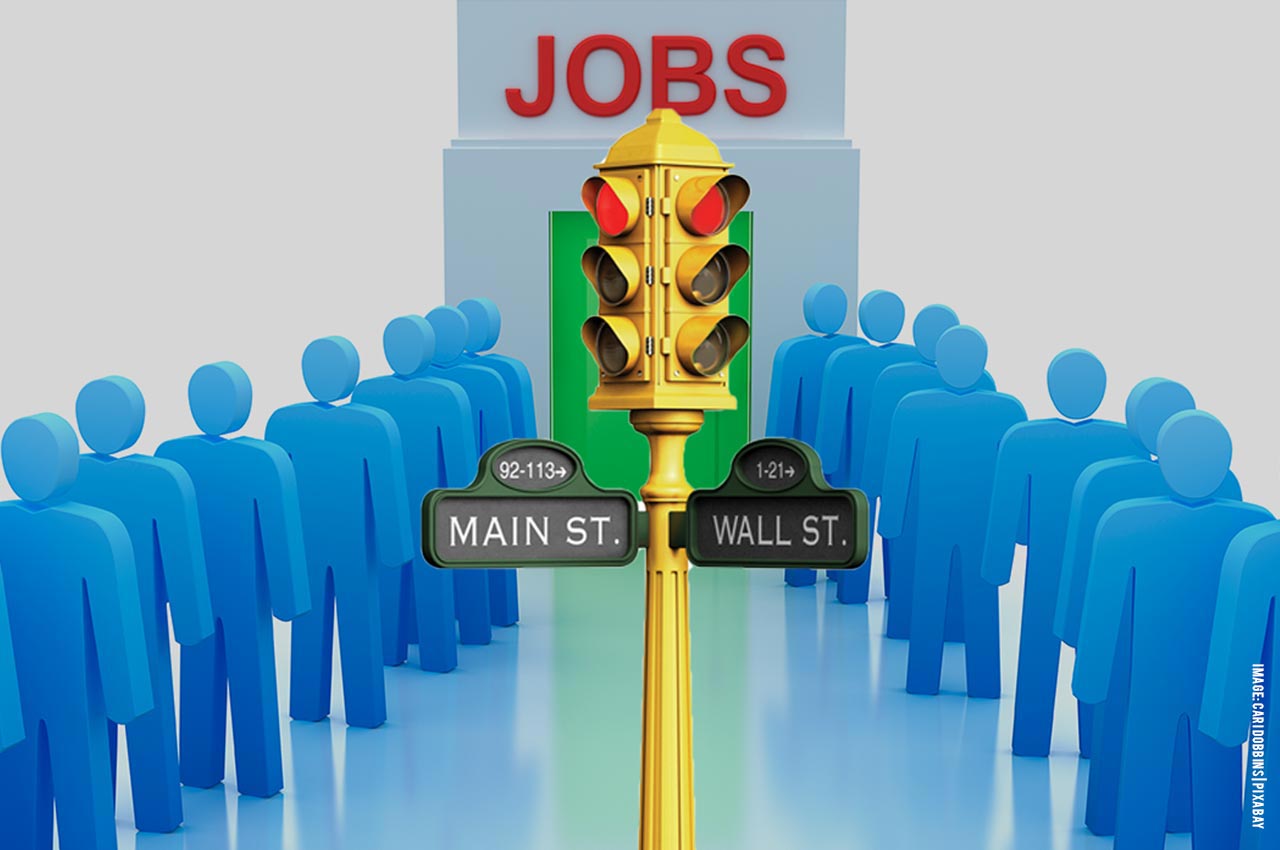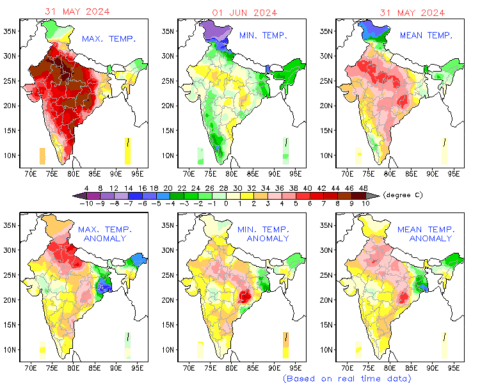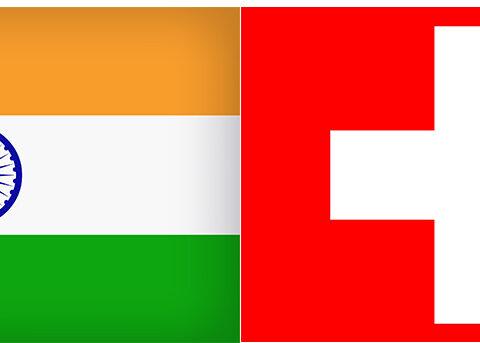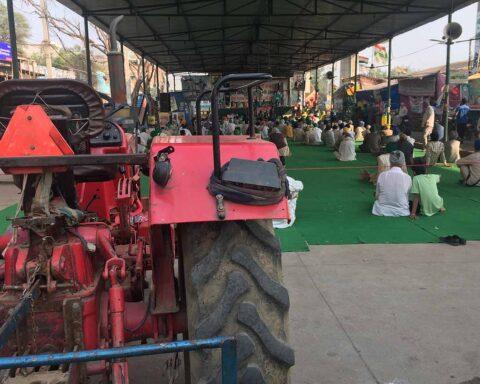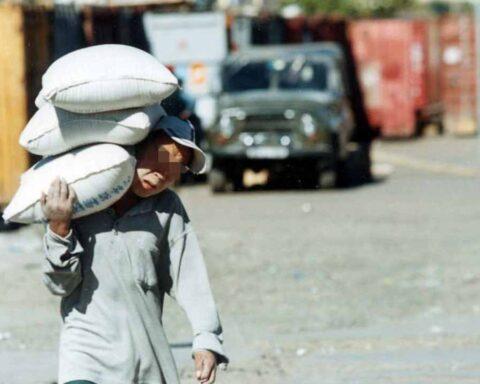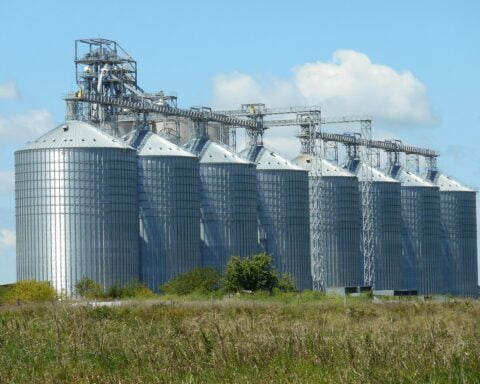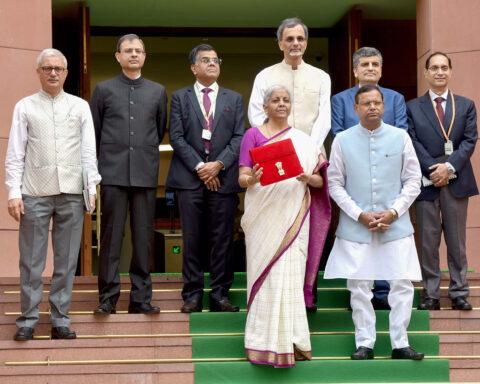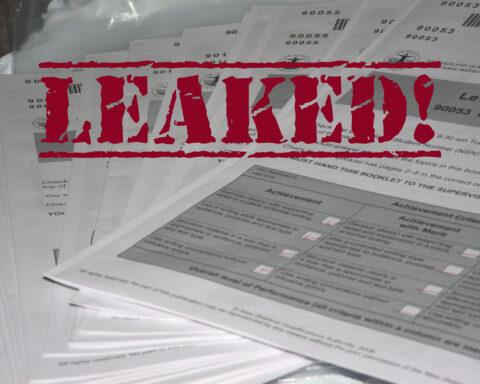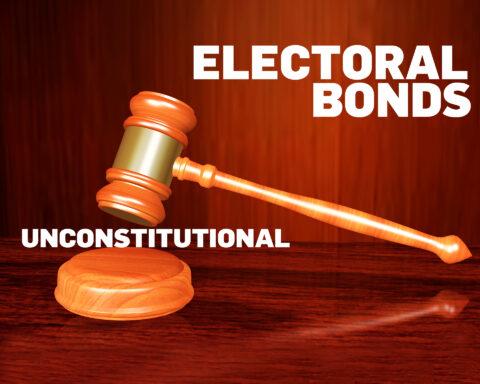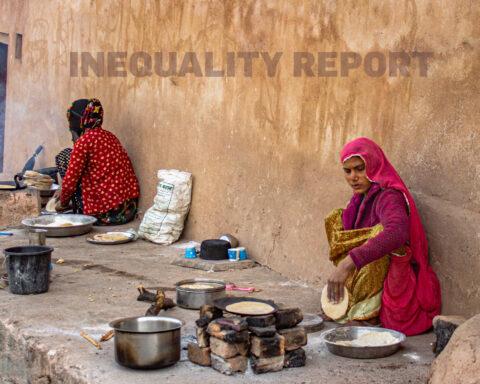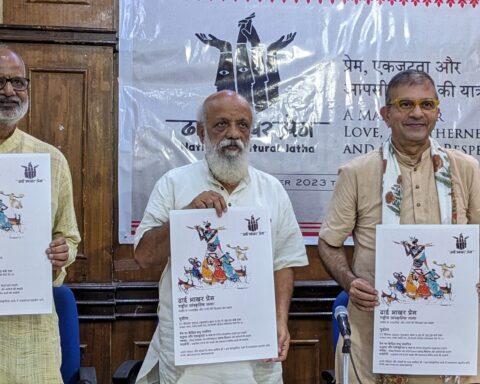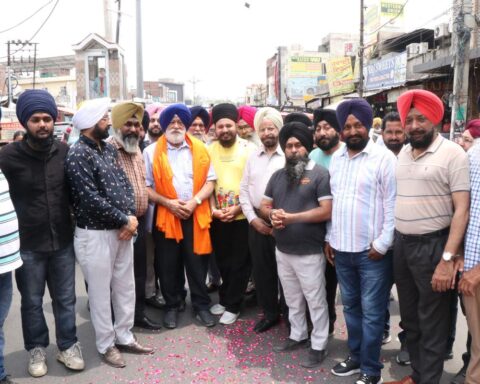First, let’s face an unsaid truth about the latest countrywide debate regarding ‘one nation, one election’. Besides other things, this simply boils down to the job, career, and prospects of India’s political class whereas millions of jobless in all other fields are left to wait in the cold. Most of them have little hope about their future. And as a result, they have to rely more upon fate than their ability to make a difference to their tenuous lives anytime soon.
Seldom before has an entire upcoming generation of jobseekers been so distraught and dejected. A huge army of able-bodied young adults with varying levels of education, skill, training and competence is languishing in despair like their not-so-equipped or privileged counterparts who have no option other than to look for manual labour. This is a pan-India phenomenon.
Many who fall in the first category routinely line up to seek hard physical work alongside the bigger unskilled workforce. At daybreak they throng some of the city squares—which are called ‘labour chowk’—in anticipation of getting some work. Some are hired either by contractors to work on a construction site or by someone who needs a few extra pairs of hands for some sundry job at bare minimum wages. But as the day progresses, barring a few lucky ones who get hired on daily-wage basis, most go home empty-handed, only to return the next morning to repeat the cycle.
This is how workaday life goes on for millions across India. The government statistics of the unemployed, semi-employed and underemployed in the country is scant, patchy, or inadequately updated and shared in the public domain. So, even officials rely on the figures routinely rolled out by a privately-run think-tank called Centre for Monitoring Indian Economy (CMIE). Available estimates suggest that just 332 million people in a country with a population of 1.4 billion do paid work. This includes both the formal and informal sectors. But no less than another 286 million workers look for work or better work, which could bring them suitable or justifiable returns.

